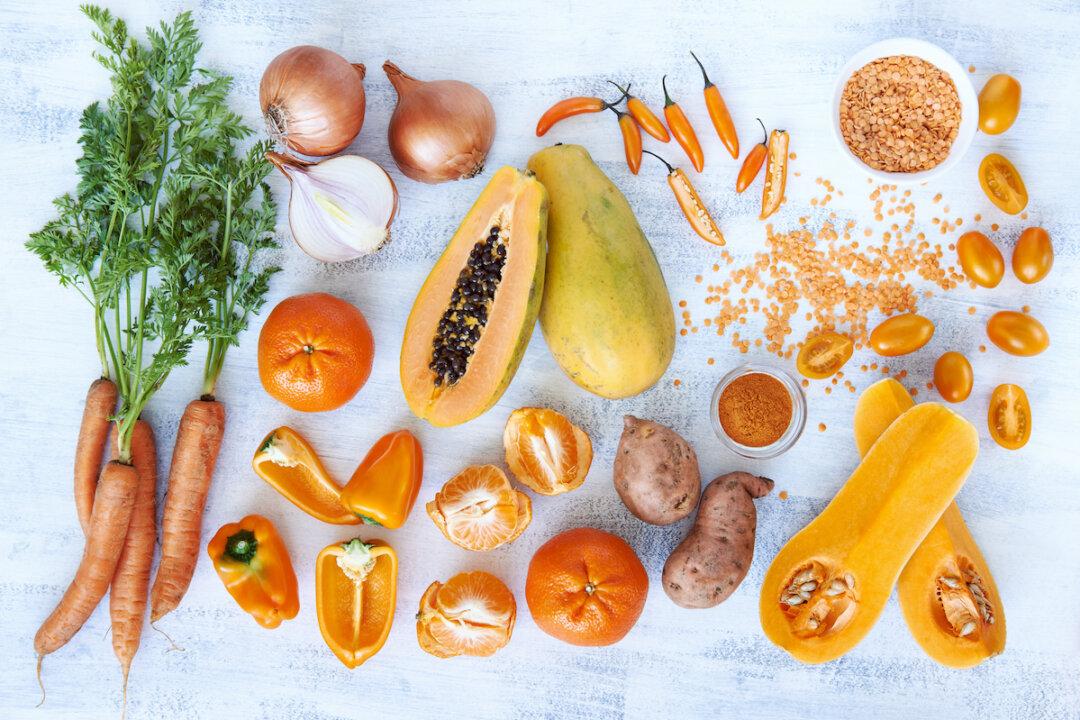“What should I eat?” is a question every parent hears, often several times per day. My teen stood by the open refrigerator, hanging on the door, sighing loudly.
“Mo-om, I’m hungry,” he said. “There’s nothing good in here. What should I eat?”

“Mo-om, I’m hungry,” he said. “There’s nothing good in here. What should I eat?”